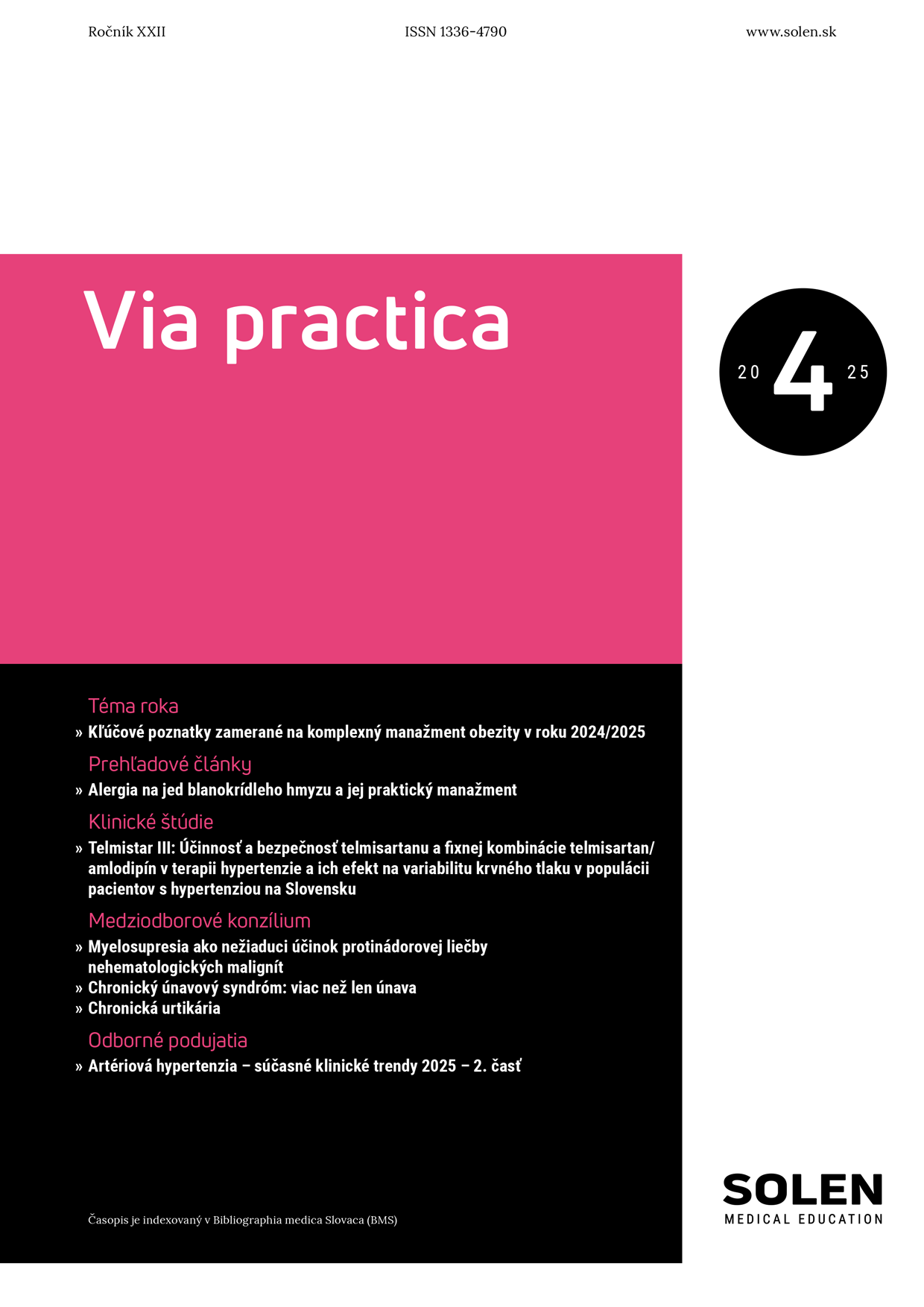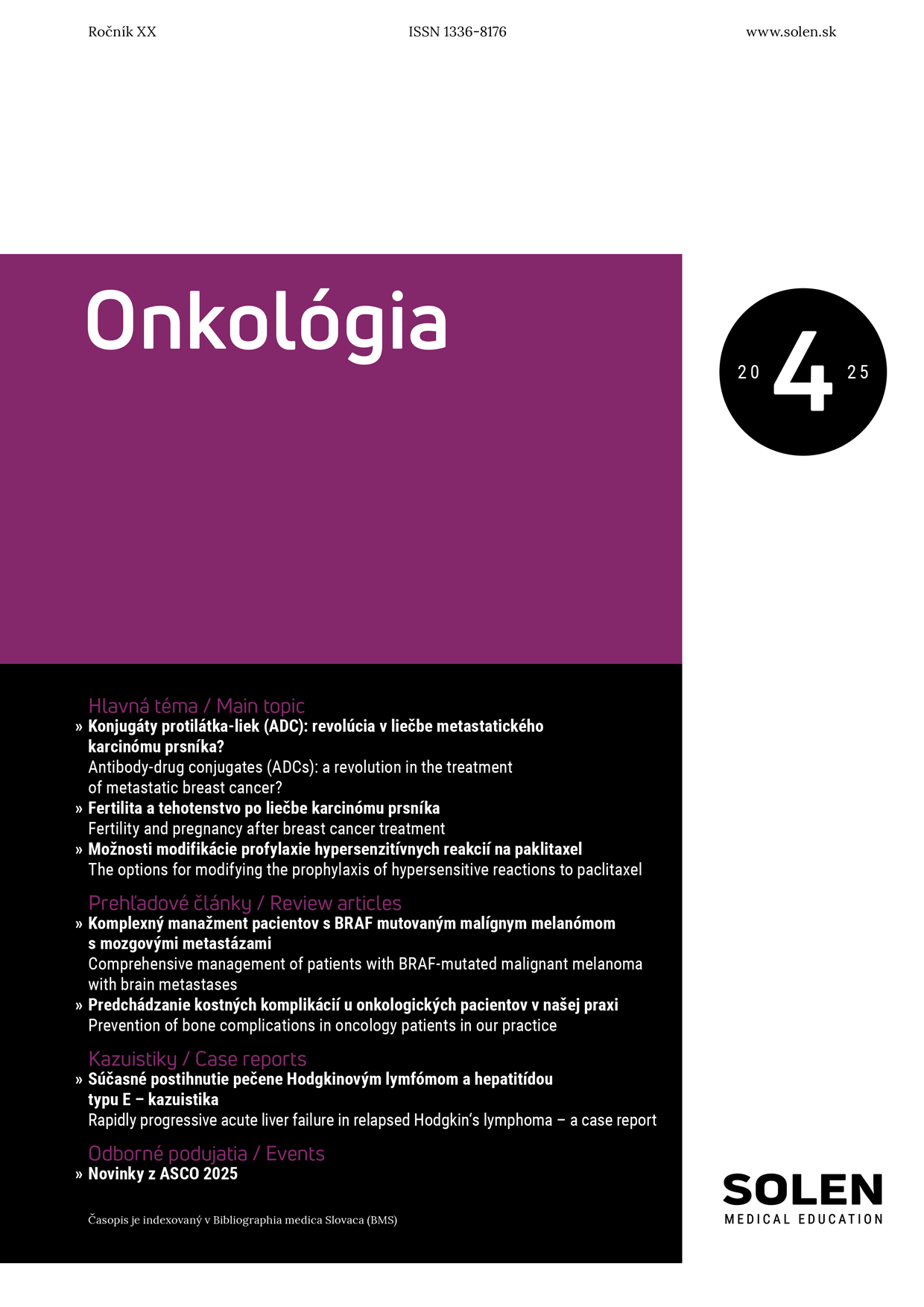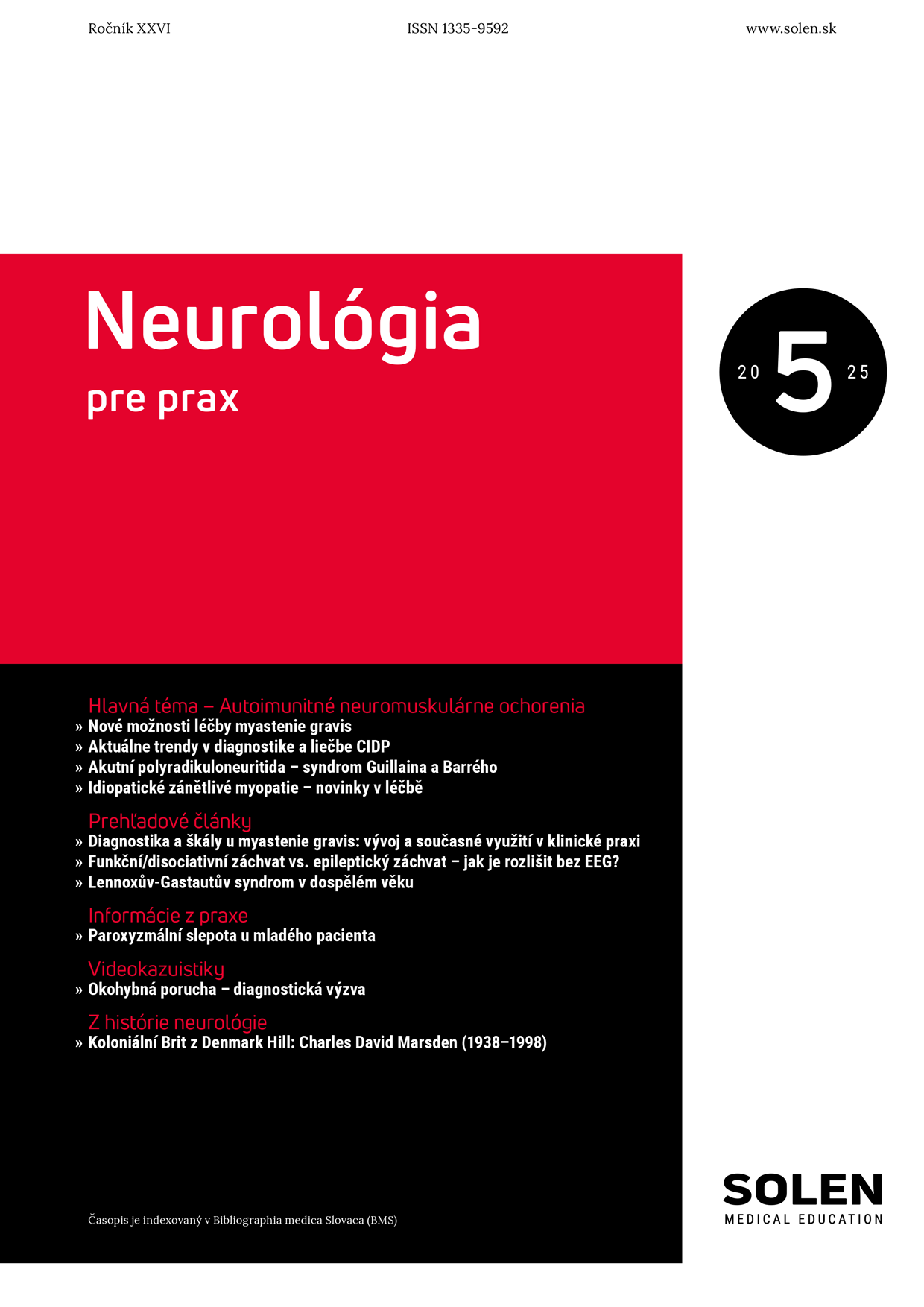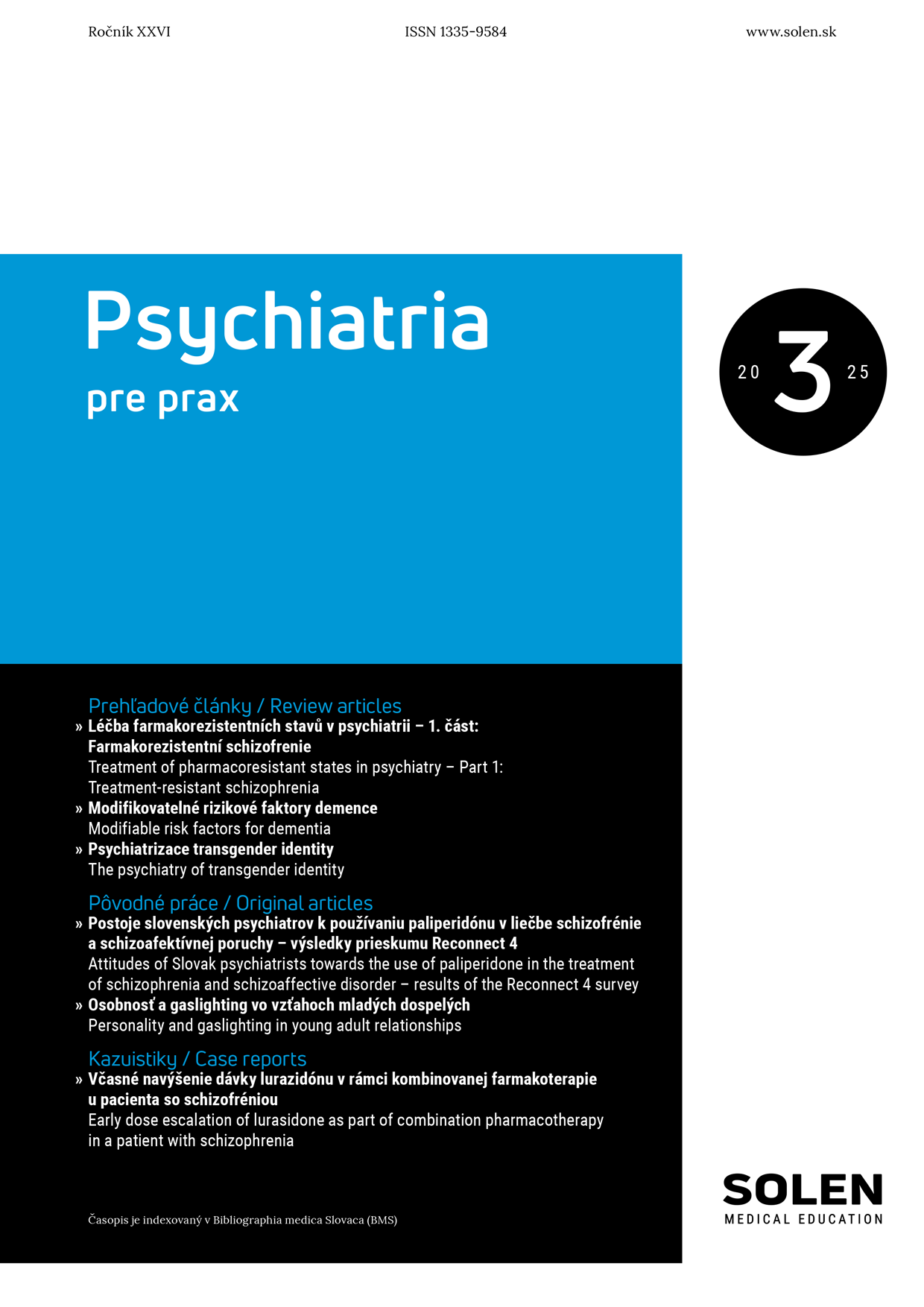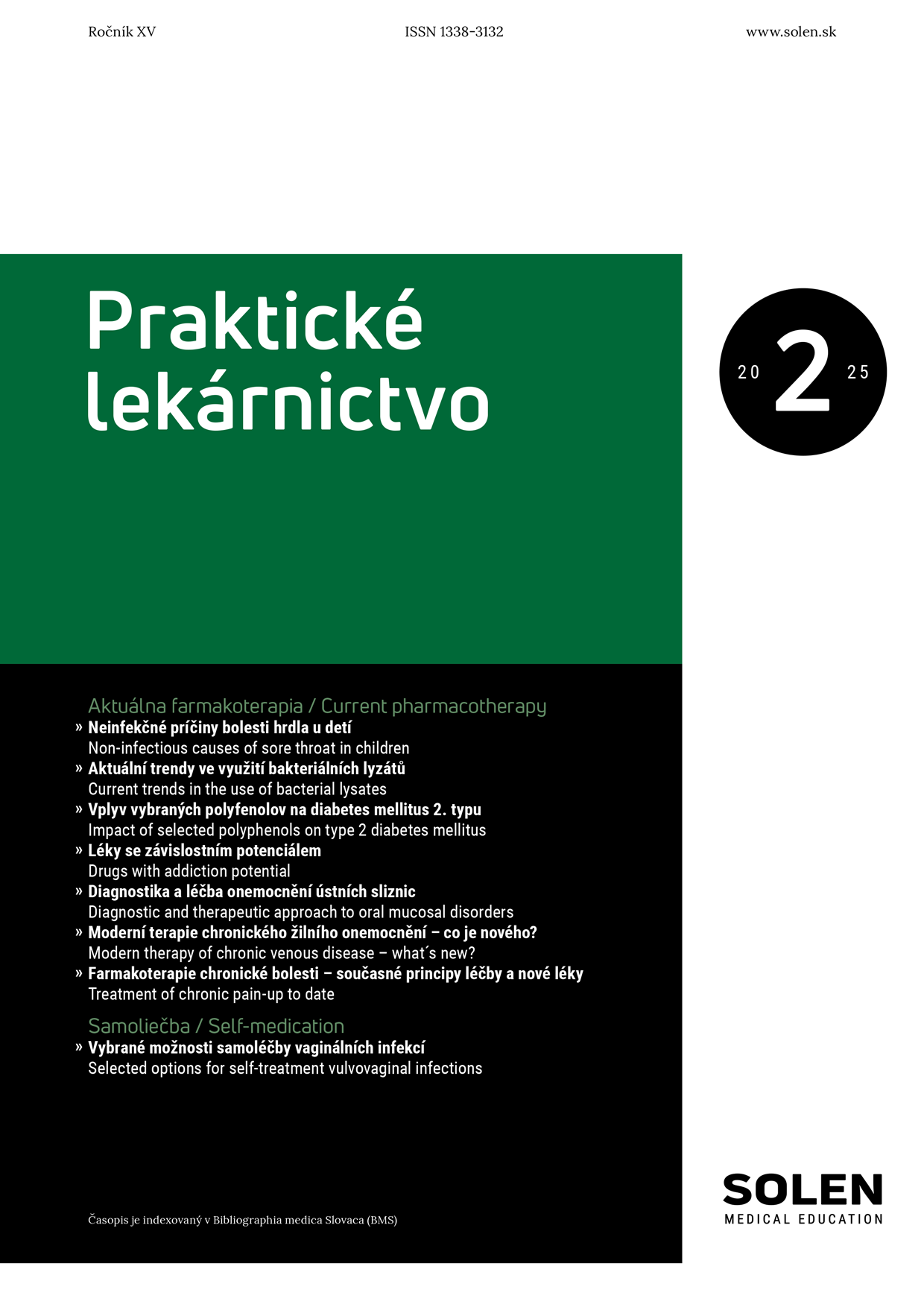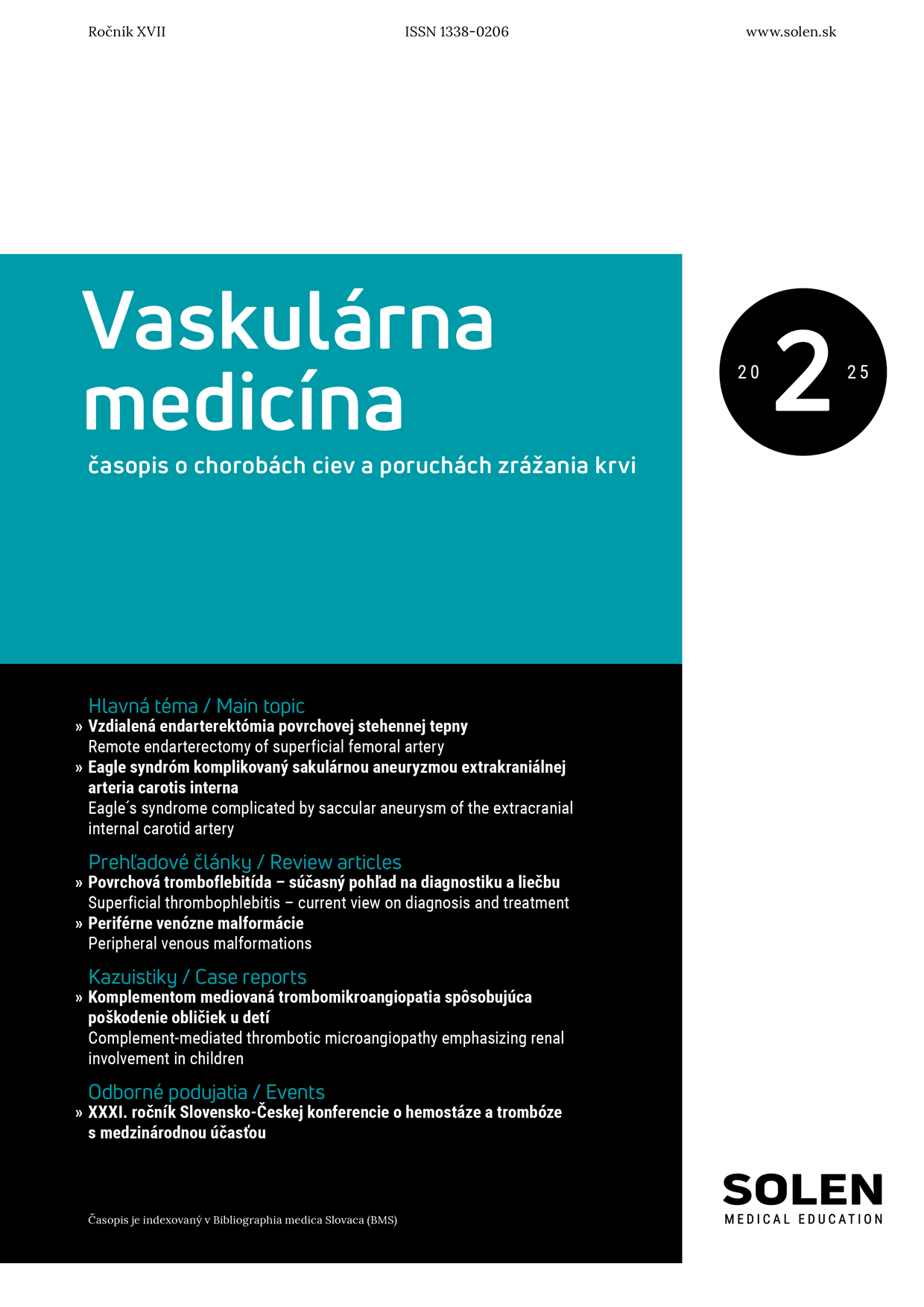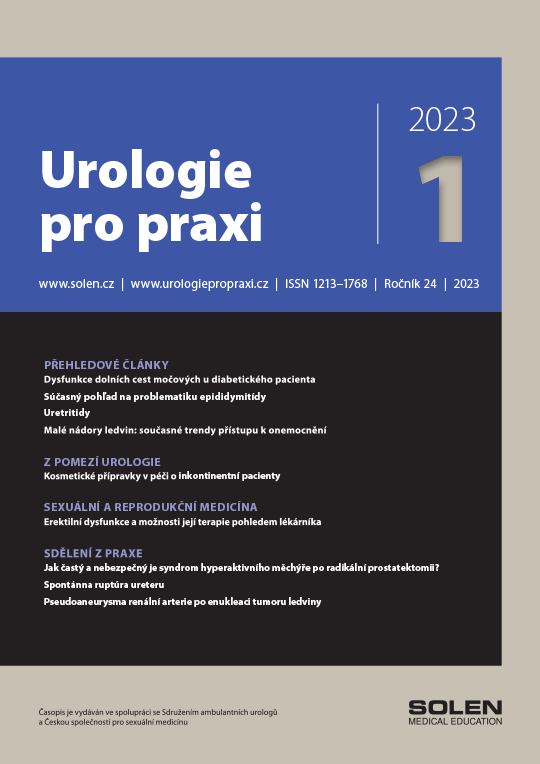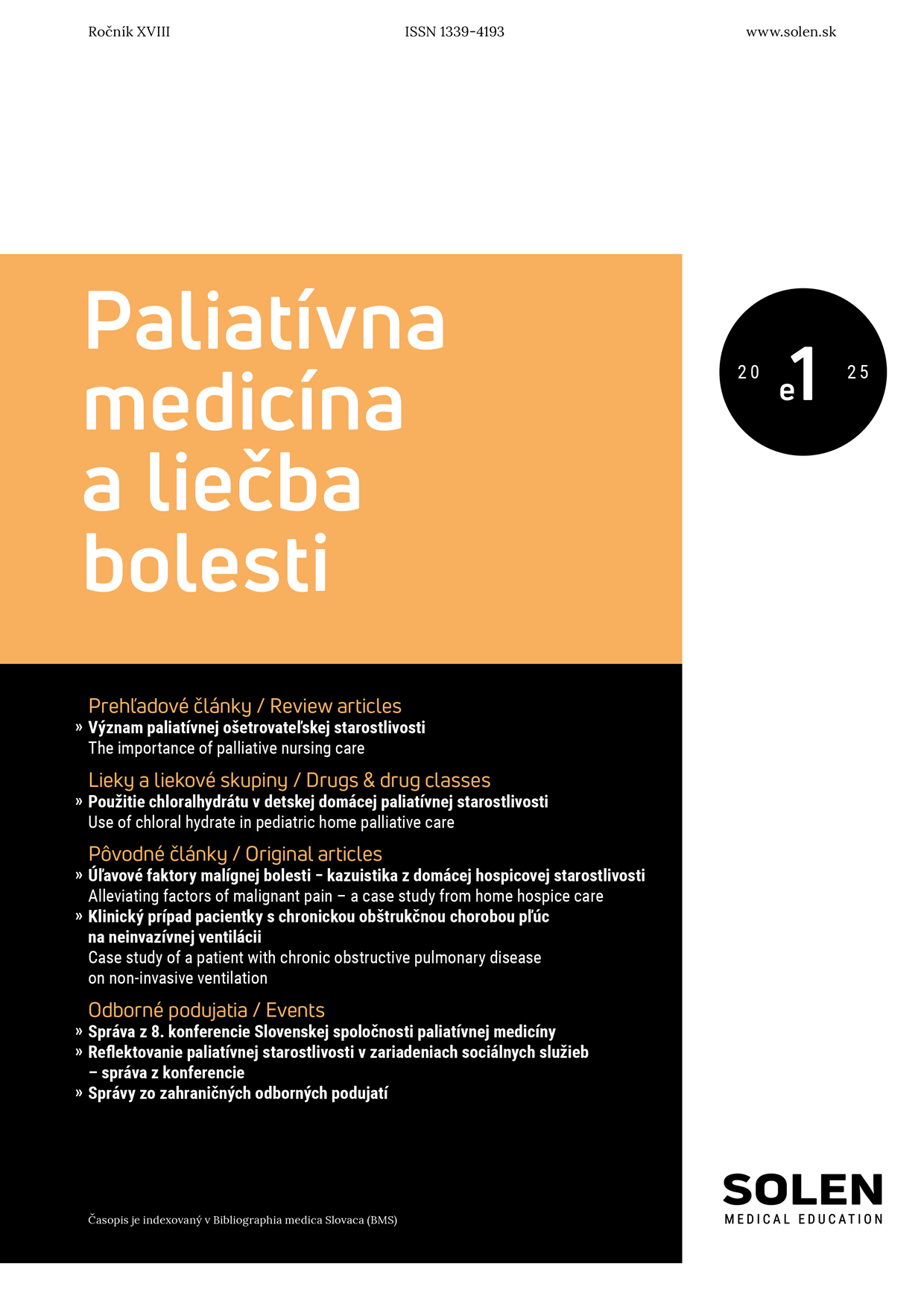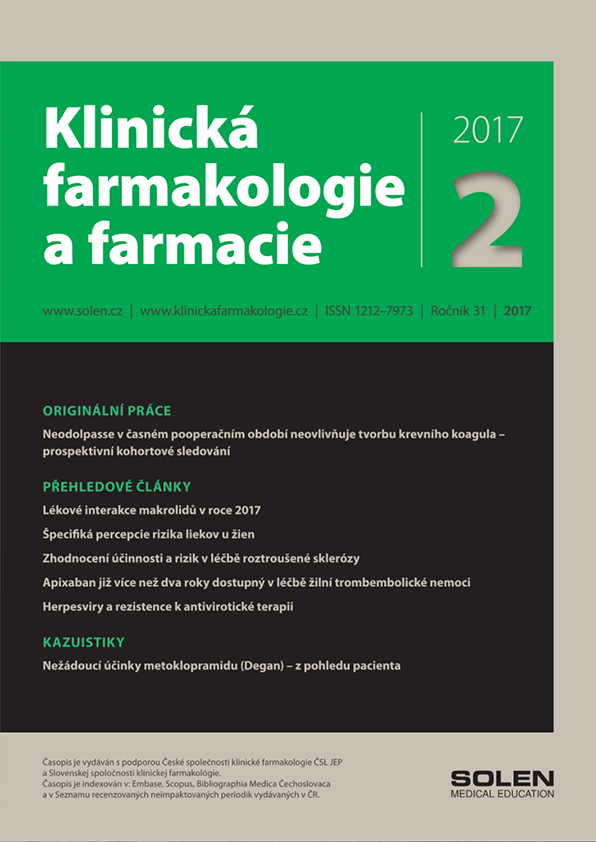Dermatológia pre prax 3/2025
Skvamocelulárny karcinóm na predkolení u pacientky so Sjögrenovým syndrómom
MUDr. Iuliia Laskina, MUDr. Natália Kovárová, doc. MUDr. Zuzana Čierna, PhD.
Úvod: Sjögrenov syndróm (SS) je systémové autoimunitné ochorenie charakterizované sicca symptómami a extraglandulárnymi prejavmi vrátane kožných zmien. Zriedkavo sa môže spájať aj so vznikom nemelanómového nádoru kože (NMSC).
Kazuistika: Prezentujeme prípad 88-ročnej polymorbídnej pacientky so Sjögrenovým syndrómom a nehojacim sa defektom na ľavom predkolení, ktorý bol histologicky verifikovaný ako dobre diferencovaný skvamocelulárny karcinóm (SCC). Pacientka mala viaceré komorbidity vrátane diabetes mellitus 2. typu, polyneuropatie pri Sjögrenovom syndróme, chronickej žilovej insuficiencie a periférneho arteriálneho ochorenia dolných končatín, na základe čoho bol SCC pôvodne hodnotený ako defekt kombinovanej etiológie. Definitívna liečba spočívala v chirurgickej excízii a krytí defektu kožným štepom.
Záver: Pri chronických nehojacich sa defektoch predkolení u pacientov so Sjögrenovým syndrómom je nutné v rámci diferenciálnej diagnostiky myslieť aj na onkologickú etiológiu a indikovať včasnú biopsiu.
Kľúčové slová: Sjögrenov syndróm, skvamocelulárny karcinóm, nemelanómový nádor kože, defekt predkolenia
Squamous cell carcinoma on lower leg in a patient with Sjögren‘s syndrome
Introduction: Sjögren’s syndrome is a systemic autoimmune disease characterized by sicca symptoms and extraglandular manifestations, including cutaneous changes. In rare cases, it may also be associated with the development of non-melanoma skin cancer (NMSC).
Case Report: We present the case of an 88-year-old polymorbid female patient with Sjögren’s syndrome and a non-healing ulcer on the left lower leg, which was histologically confirmed as a well-differentiated squamous cell carcinoma (SCC). The patient had multiple comorbidities, including type 2 diabetes mellitus, polyneuropathy associated with Sjögren’s syndrome, chronic venous insufficiency, and peripheral arterial disease of the lower limbs. Based on this, the SCC was initially assessed as a chronic ulcer of mixed etiology. Definitive treatment consisted of surgical excision and defect coverage with a skin graft.
Conclusion: In cases of chronic, non-healing lower leg ulcers in patients with Sjögren’s syndrome, oncologic causes should be considered as part of the differential diagnosis, and early biopsy should be performed.
Keywords: Sjögren’s syndrome, squamous cell carcinoma, non-melanoma skin cancer, lower leg ulcer



